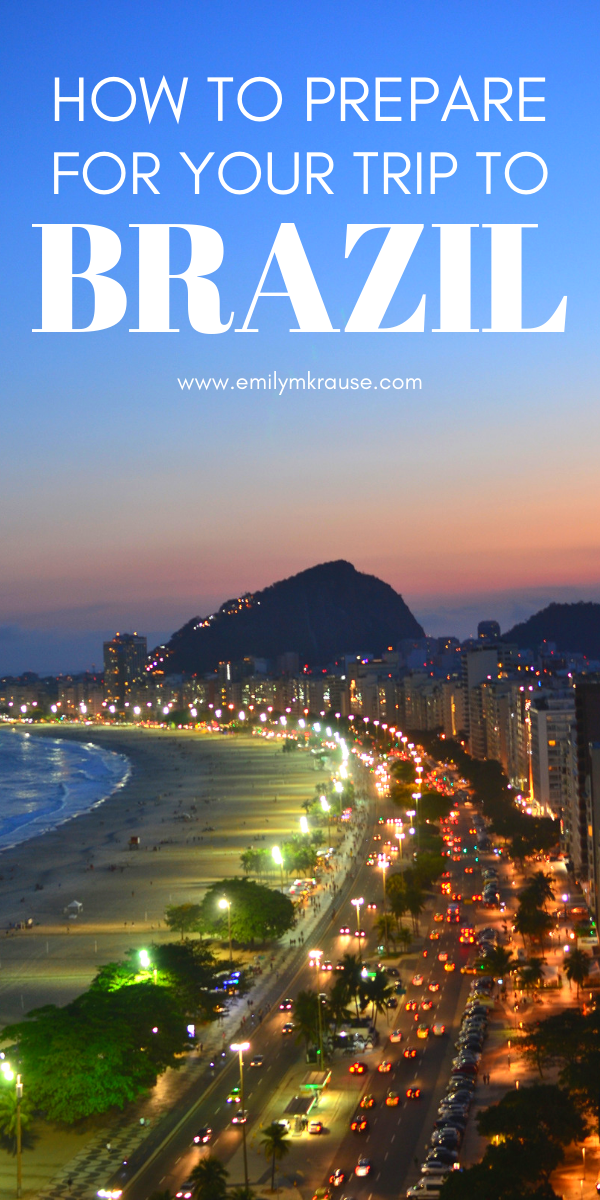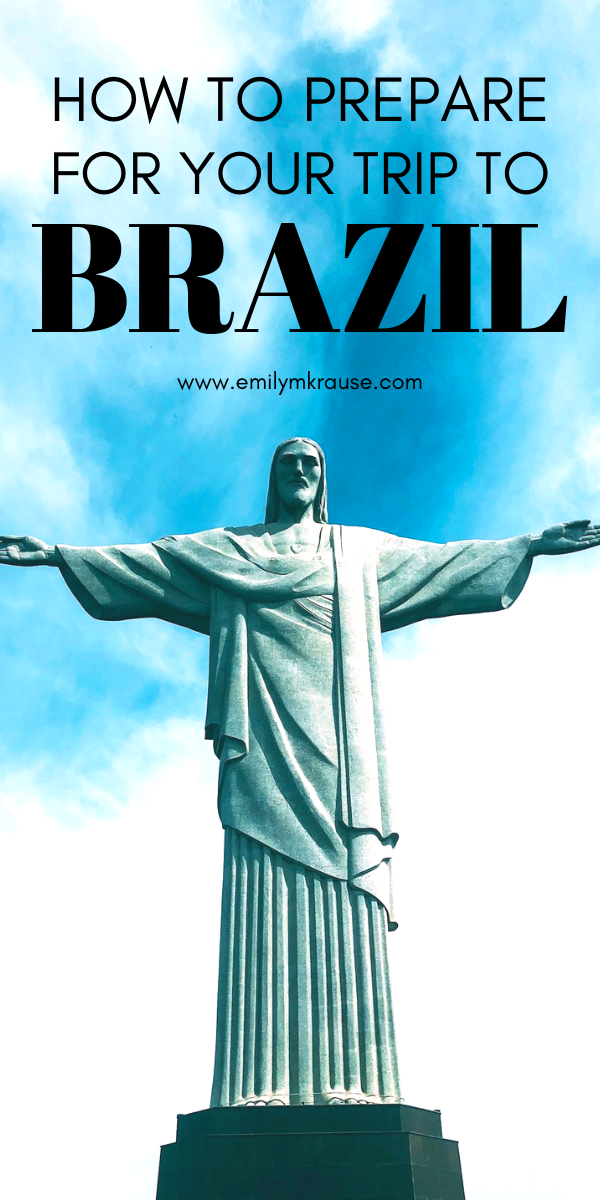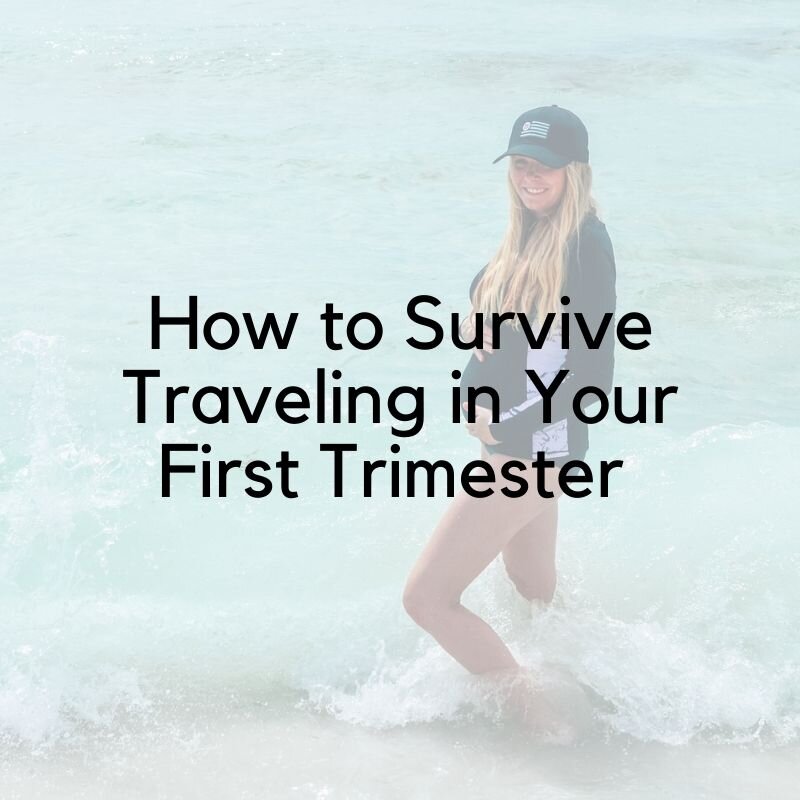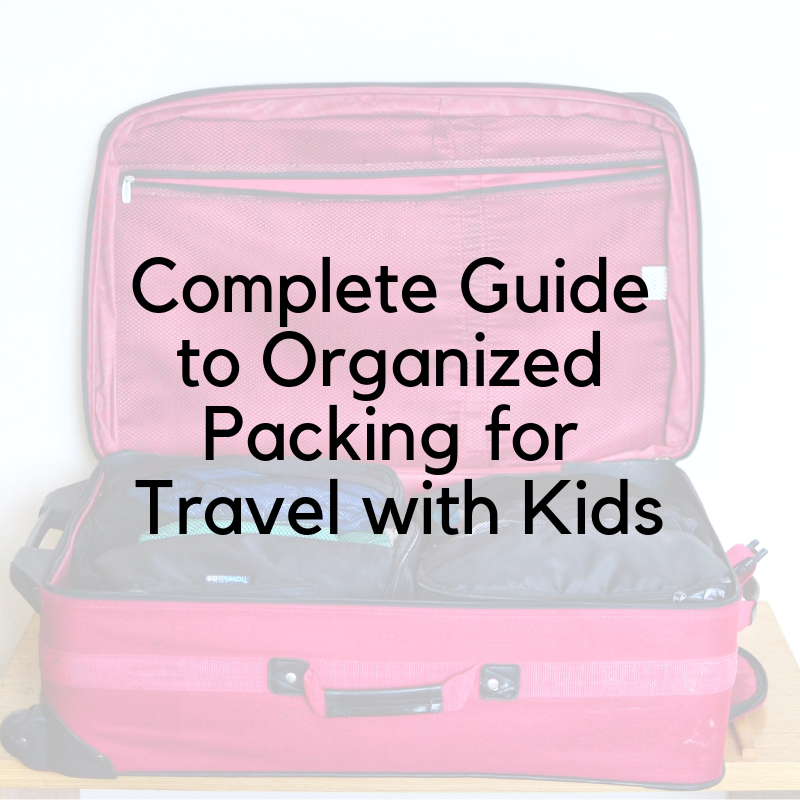Travel to Brazil: What to Know About Visas, Vaccines, and What to Pack
Are you thinking about traveling to Brazil? Many people dream of visiting the largest country in South America, but never follow through because it seems overwhelming. Visas, vaccinations, and the inability to speak or understand Portuguese can stop even adventurous travelers from hitting “buy” on those plane tickets.
After spending a week (not nearly long enough!) in Brazil, I can tell you that it is 100% worth it to figure out the annoying details beforehand. The country is beautiful, warm, and welcoming, with natural beauty in abundance. (Check out my TravelPulse articles about family travel to Rio and Iguazu Falls!)
Anyway, before I left, I was struggling to find the information I needed about what to do to prepare for my trip. I thought I would put together everything I learned while it’s still fresh in my mind to help other people planning to travel to this beautiful country.
WHAT TO KNOW BEFORE YOU TRAVEL TO BRAZIL
HOW TO GET YOUR VISA
To enter the country of Brazil, you will need a valid passport and a Brazilian visa. The good news is that it is easier than ever to obtain a tourist visa for Brazil with the new electronic visitor’s visa option (or eVisa). All you have to do is go online to this website and fill out the required information. It takes about 5-7 days to process, and only costs $40. The eVisa is good for 2 years, and only eligible for citizens of the U.S., Canada, Japan, and Australia
You may have to re-upload certain documents if they didn’t scan correctly or they weren’t clear enough. In this case, they will email you to let you know which documents you need to send again. I had to do this, and it was really no big deal. It just took a couple extra days. I was even on a time crunch, and emailed them separately to let them know (very politely, of course) that my flight was mere days away, and if there was anything they could do to help I would very much appreciate it. This is why you should apply for your eVisa about 3 months in advance.
Also keep in mind that you will need to print out your own eVisa, so make sure you have access to a color printer.
Another option is to go to the nearest Brazilian Embassy to apply for your paper visa in person. The advantage of doing this is that your visa is good for 10 years instead of just 2; however, it will cost you $160 per person, and you’ll likely have to travel to get to the nearest embassy, unless you live in a major city like Miami, New York, L.A., or Chicago. (Find the list of Brazilian Embassies here).
Finally, make sure your passport is in order. Ensure that it does not expire within three months of your return date, and make sure you have a few open pages for passport stamps.
WHICH VACCINES DO I NEED?
No vaccinations are required for entry into the country, but there are several recommended vaccinations depending on which regions you will be visiting. You’ll definitely want to check with your insurance to see if your travel vaccinations are covered. If not, they can be pretty pricey to pay for out-of-pocket. If you have an HSA, this would be a great way to use it!
First of all, it’s always recommended to be up-to-date on your routine vaccinations before leaving the country. You can check the list of recommended vaccinations for travelers on the CDC website (A few examples: typhoid, hepatitis A, hepatitis B, yellow fever, rabies, and influenza.) Give yourself plenty of time in advance to get the vaccines, because some are hard to get, or you’ll need to travel to a big city to get them.
For example, there is currently a shortage of yellow fever vaccines in the U.S., so I had to drive to Orlando and make an emergency appointment with Passport Health to get mine. I would highly recommend going through Passport Health to get your recommended vaccinations, as they are very knowledgeable, and the appointment was quick and easy (you know, besides having to drive an hour and half to get there).
This is not sponsored in any way - I just had a great experience and they were the only place that could get me the yellow fever vaccine on such short notice. And I made about 3,000 phone calls, which was exhausting for an introvert like me.
You’ll also want to do your best to avoid mosquitos because of Zika and malaria. Bring insect repellant, wear long sleeves and pants when possible, and if you are going will small children, consider bringing a mosquito net.
WHAT TO PACK FOR BRAZIL
Brazil is such a large country with many different landscapes and climates. What you pack will, of course, depend largely on where you’ll be going and what you’ll be doing. I’ll share a few insights and suggestions, but you can always tweak my list to fit your itinerary.
(Obviously this is not a comprehensive list. I didn’t include obvious things like toiletries and underwear. These are just a few things I found especially helpful).
General
Crossbody bag or money belt for safety
Sunscreen
Beaches & Coastal Cities (Like Rio)
Flip Flops (for the beach)
Dressy Sandals for walking around
Swimsuit (the tinier the better on Brazilian beaches!
Sarong (one that can double as a towel to avoid standing out as a tourist)
Sundresses
Sunglasses
Iguazu & Amazon
Tennis Shoes or Tevas for hiking
If you’re going to do any adventurous activities - ziplining, helicopter ride, etc. you’ll definitely want close-toed shoes as some places require them.
Lightweight waterproof jacket (especially if you’re going to Iguazu Falls. You will get wet!)
Leggings for hiking and to protect your skin from mosquitos in the jungle
GENERAL TIPS
Remember that Brazil is in the Southern Hemisphere, so their seasons are opposite of ours. Check the weather before you go! I went in August, which means it was toward the end of their winter. Though the weather was fairly warm (upper 70s and lower 80s) the majority of the time I was there, there were a few VERY cold days in Iguazu, and I did not have enough warm clothes.
Learn a few basic phrases in Portuguese! (Grab a Portuguese phrasebook here). I speak Spanish proficiently, but I promise you it was not enough to completely understand what was going on. Also, it would be rude to try to speak Spanish because it’s “close enough.”
Bom dia - Good morning
Boa tarde - Good afternoon
Boa noite - Good evening
Ola - Hello
Obrigado/a - Thank you
Por favor - Please
De nada - You’re welcome
Como se diz … em Português? - How do you say … in Portuguese?
…and of course…
Queria um café, por favor - I would like a coffee, please




































